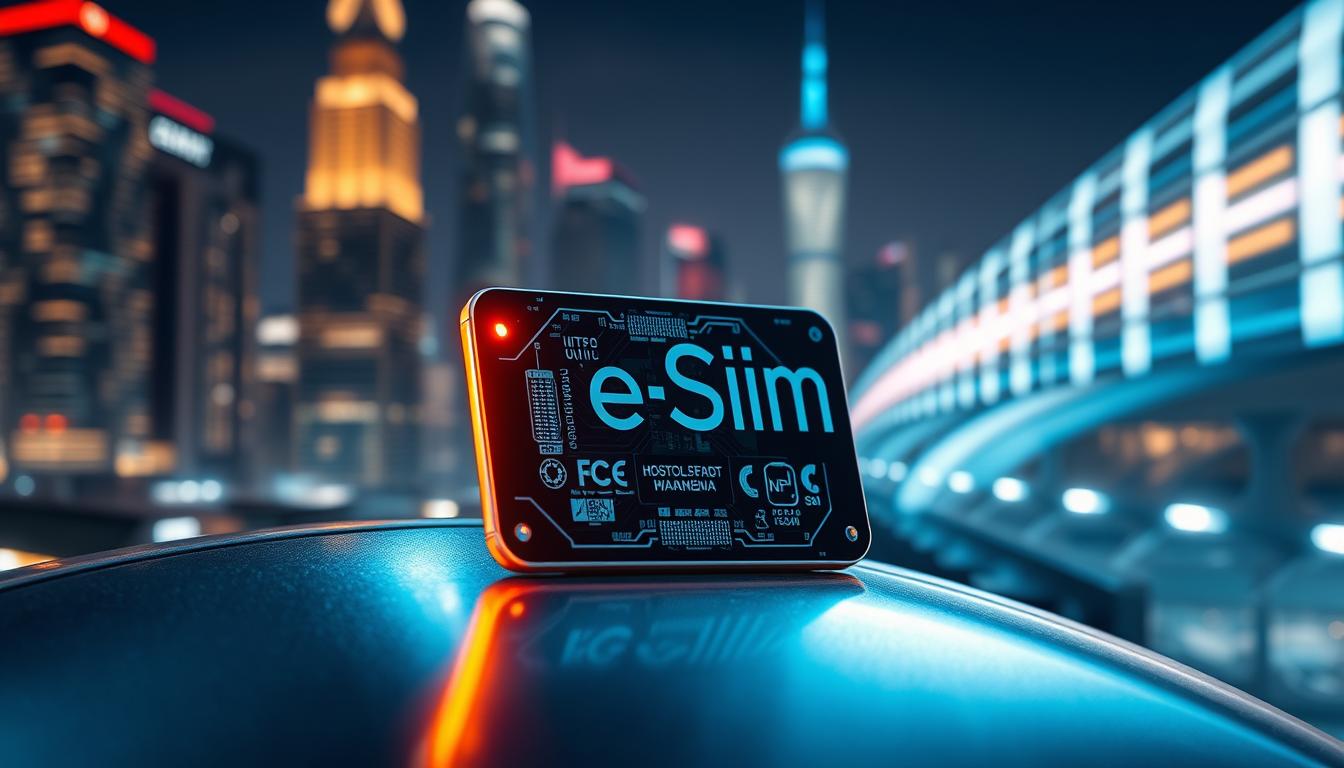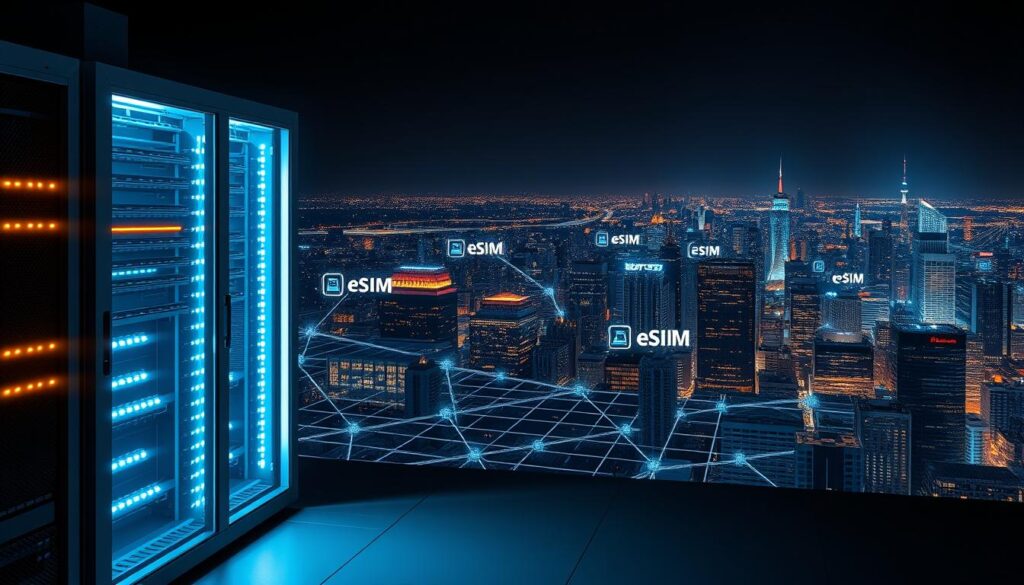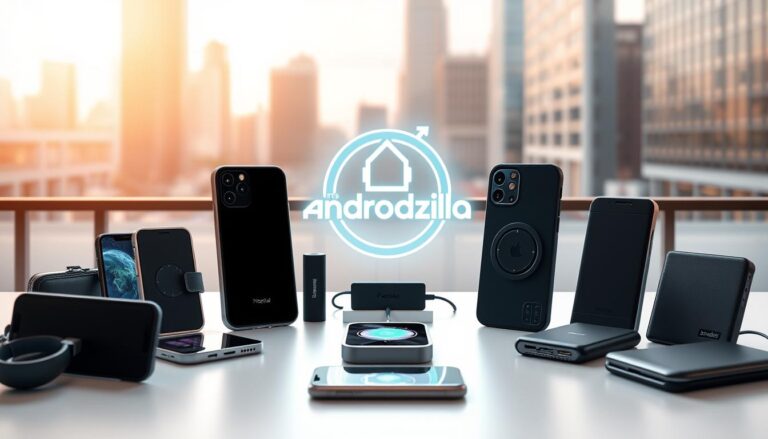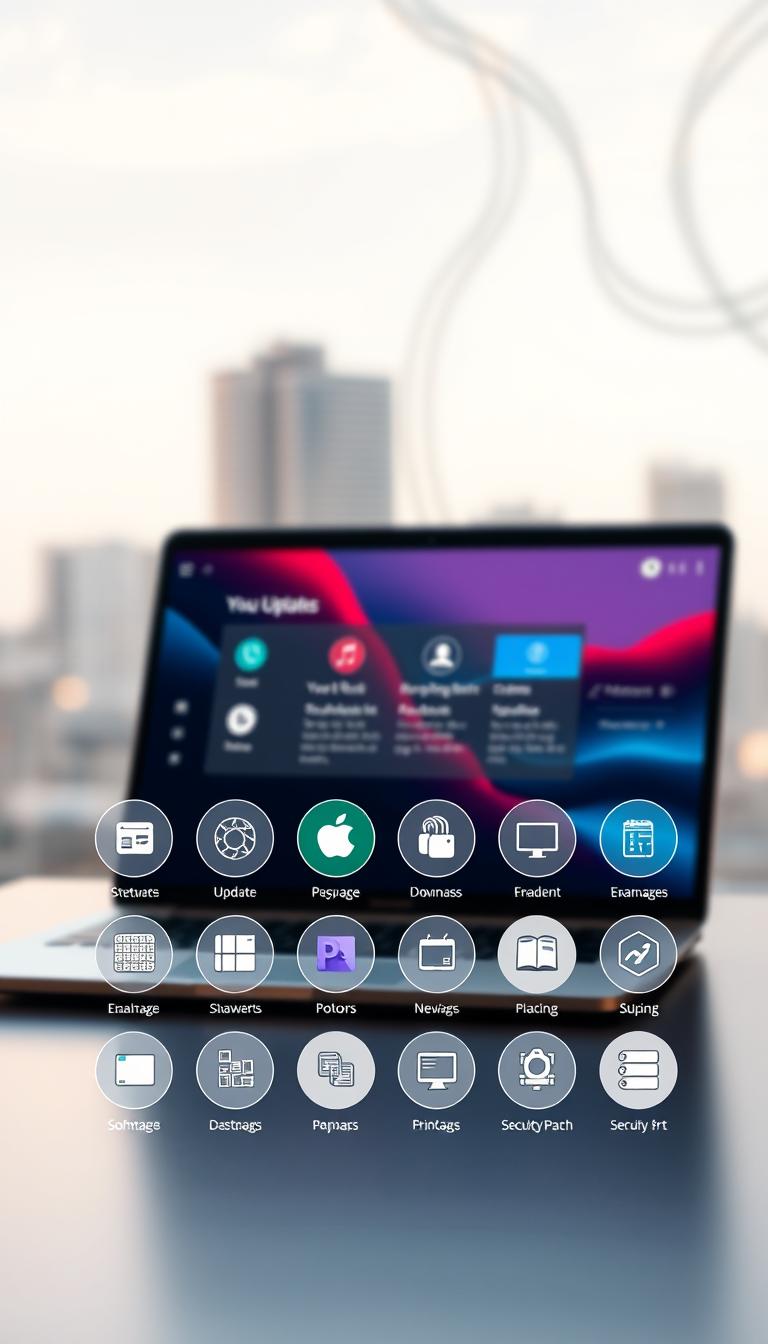
Remember the days of fumbling with tiny SIM cards, trying to insert them into your phone without dropping them? Those days are quickly becoming a thing of the past. With the rise of embedded technology, the way we connect our devices is evolving. This shift is not just about convenience—it’s about transforming how we manage our digital lives.
Embedded technology allows users to download carrier profiles directly to their devices, eliminating the need for physical cards. This innovation streamlines connectivity and reduces operational complexities. By 2030, nearly 70% of all cellular devices shipped will support this technology, driven by smartphones and IoT modules1.
Mobile network operators are leveraging this change to create branded apps that simplify profile management. This approach not only enhances user experience but also reduces costs associated with physical logistics. The growth of this technology is expected to continue at a rapid pace, with a CAGR of 22% between 2024 and 20301.
As we dive deeper into this topic, we’ll explore the technical architecture, best practices, and the significant benefits this technology brings to both consumers and enterprises.
Key Takeaways
- Embedded technology eliminates the need for physical SIM cards, enhancing device management.
- By 2030, nearly 70% of cellular devices will support this technology1.
- Mobile network operators are creating branded apps for seamless profile management.
- This innovation reduces operational costs and simplifies logistics.
- The technology is expected to grow at a CAGR of 22% between 2024 and 20301.
Introduction to eSIM Technology and Consumer Trends
The way we connect our devices is undergoing a major transformation. Gone are the days of swapping physical SIM cards. Today, embedded technology is revolutionizing how we manage our digital lives. This shift is driven by consumer demand for flexibility, global access, and sustainability.
Understanding the Shift from Physical SIMs
Traditional SIM cards are being replaced by embedded solutions that allow users to download profiles directly to their devices. This change is powered by innovations like the iPhone 14, the first eSIM-only device in the US2. Consumers can now switch carriers without physically swapping cards, making it ideal for frequent travelers.
Android devices are also leading the charge with built-in APIs that manage subscription profiles seamlessly. This ensures a smooth experience for users, whether they’re activating a new plan or switching networks. The compact nature of embedded technology reduces the risk of losing or damaging physical cards, promoting durability3.
Key Consumer Advantages and Global Market Impact
One of the biggest advantages is the ability to maintain multiple phone numbers on a single device. This is perfect for users juggling personal and work lines. Additionally, travelers can select local network plans abroad, avoiding costly international roaming fees3.
Activation methods like QR codes and manual input make the onboarding process quick and easy. The role of SM-DP+ ensures secure profile management, giving users peace of mind3. By 2027, eSIM connections are projected to exceed 4.5 billion, reflecting growing consumer demand2.
This technology is not just about convenience—it’s about empowering users with direct control over their connectivity. As the market continues to evolve, embedded solutions are set to become the standard for modern telecom trends.
Exploring the Technical Architecture and API Integrations
The technical backbone of modern connectivity lies in seamless API integrations and robust architecture. These systems ensure smooth operations for managing digital profiles across devices. At the core of this process are the EuiccManager and EuiccCardManager APIs, which provide the foundation for profile management on Android platforms4.

Leveraging EuiccManager and EuiccCardManager for Profile Management
These APIs enable developers to handle profile downloads, activations, and deletions efficiently. For instance, the EuiccManager API allows apps to check for support and initiate the download process seamlessly. This ensures users can switch networks without physical intervention4.
Code snippets can be implemented to register broadcast receivers, which handle asynchronous operations. This approach ensures that tasks like profile activation run smoothly in the background. Developers can also manage error resolutions using PendingIntent callbacks, enhancing user experience4.
The Role of SM-DP+ and Remote SIM Provisioning
SM-DP+ plays a critical role in secure profile storage and download. It ensures that subscription profiles are transmitted securely to the device’s chip. This process adheres to GSMA standards, ensuring compatibility across platforms5.
Remote SIM provisioning eliminates the need for physical SIM cards, reducing logistics costs. It also supports bulk provisioning, which is essential for IoT devices deployed in fleets4.
Implementing Broadcast Receivers and Handling Async Operations
Broadcast receivers are essential for managing asynchronous tasks like profile activations. Developers can use startResolutionActivity to handle resolvable errors, ensuring smooth operations. This approach is particularly useful in complex cases where user intervention is required4.
Best practices include testing workflows thoroughly to ensure compatibility across devices. This ensures that the platform remains reliable and user-friendly6.
esim implementation Best Practices
In the evolving landscape of mobile connectivity, secure and efficient practices are essential. Ensuring smooth operations requires careful attention to permissions, error handling, and carrier privileges. These elements form the backbone of a reliable system.

⭐️ Tap the exclusive deal link https://temu.to/k/uot8tcxvwum to score top-quality items at ultra-low prices. 🛍️ These unbeatable deals are only available here. Shop now and save big! ⭐️ Directly get exclusive deal in Temu app here: https://app.temu.com/m/mhb5rstagbx
Another surprise for you! Click https://temu.to/k/uag0bn0o0wd to earn with me together🤝!
Secure Integration and Permissions in Android
When integrating features into Android apps, defining permissions in the AndroidManifest.xml file is crucial. This step ensures that only authorized apps can access specific functions. For example, the EuiccManager API requires declared permissions to manage profile downloads and activations7.
Broadcast receivers must also be registered with the correct permissions. This setup allows apps to handle asynchronous tasks like profile activations seamlessly. Developers should test workflows thoroughly to avoid common issues and ensure compatibility across devices7.
Handling Resolvable Errors and Carrier Privileges
Resolvable errors often occur during profile downloads or network switches. Using techniques like startResolutionActivity helps manage these errors effectively. This approach ensures that users can resolve issues without disrupting their experience7.
Carrier privileges are another critical aspect. Verification through signature and certificate matching ensures that only trusted apps can manage specific profiles. This process aligns with GSMA standards, maintaining security and compliance8.
By following these best practices, developers can create secure and user-friendly solutions. This approach not only enhances the user experience but also builds trust in the system7.
Building and Integrating LPA and Carrier Apps
Local Profile Assistant (LPA) systems are transforming how we manage digital profiles. These systems act as a bridge between carrier apps and the eUICC chip, enabling seamless profile management. By leveraging APIs and backend services, developers can create robust solutions that enhance user experiences9.

Developing LPA Systems and Managing Carrier App Interactions
Building an LPA system starts with extending the EuiccService. This backend service must be declared in the manifest file to ensure proper functionality. The LPA acts as a mediator, handling profile downloads, activations, and deletions through reliable APIs9.
Carrier apps integrate with the LPA to manage subscription profiles. For example, operations like downloadSubscription() and switchToSubscription() are performed seamlessly. This integration ensures users can switch networks without physical intervention10.
Cross-platform solutions are essential for accommodating both digital and physical SIM paradigms. Vendors must design systems that balance legacy processes with modern activation flows. Testing protocols ensure compatibility across devices and platforms9.
Carrier privilege requirements are critical for secure operations. The Android platform verifies app certificates against profile metadata to grant necessary permissions. This process ensures only trusted apps can manage specific profiles10.
By following these best practices, developers can create innovative telecom experiences. The integration of LPA and carrier apps drives efficiency, security, and user satisfaction9.
Conclusion
The transition to embedded connectivity marks a significant leap in how we manage digital profiles. By eliminating the need for physical cards, this technology streamlines operations and enhances user access. Secure provisioning and robust API integrations ensure seamless profile management, while adherence to GSMA standards guarantees reliability11.
Operational efficiencies are a key benefit, reducing costs tied to logistics and storage. Remote SIM provisioning (RSP) simplifies activation flows, making it ideal for international travelers and IoT devices12. Attention to signature validation and real-time error resolution further enhances system security.
We encourage telecom stakeholders to leverage these insights for a smooth transition. By focusing on best practices and technical integrations, you can optimize your operations and deliver superior user experiences.
FAQ
What is the difference between a physical SIM and an eSIM?
How does remote SIM provisioning work with eSIMs?
What role does the EuiccManager API play in profile management?
How do carrier privileges affect eSIM activation?
What are the best practices for integrating eSIMs in Android apps?
What is the Local Profile Assistant (LPA) and why is it important?
How do broadcast receivers assist in eSIM operations?
What challenges might arise during eSIM implementation?
Can eSIMs be used alongside physical SIMs?
What are the security benefits of using eSIM technology?
Source Links
- https://kigen.com/wp-content/uploads/2024/10/eSIM-guide_finalweb_AF.pdf – PDF
- https://www.thalesgroup.com/en/markets/digital-identity-and-security/mobile/connectivity/esim/what-is-an-esim – 6 key points to understand what an eSIM is
- https://www.globalyo.com/esim-technology-in-the-usa-how-its-revolutionizing-connectivity/ – eSIM Technology in the USA: How It’s Revolutionizing Connectivity | Global YO
- https://onomondo.com/blog/what-is-gsma-sgp-32-esim-iot-standard/ – What is GSMA SGP.32? Diving into the eSIM IoT standard – Onomondo
- https://1ot.com/resources/blog/eim-functions-in-iot-esim – Exploring eIM’s Functions and Importance in IoT eSIM — 1oT
- https://cyfuture.cloud/blog/exploring-the-intersection-of-esims-and-cloud-technology/ – eSIMs Cloud | Cloud Based eSIM | eSIM Provisioning Platform
- https://spenza.com/blog/steps-for-mvnos-to-implement-esim-technology/ – Steps for MVNOs to Implement eSIM Technology – Spenza
- https://www.gsma.com/solutions-and-impact/industry-services/wp-content/uploads/2023/10/GSMA_eSIM-Starter-Guide_Top-Tips.pdf – PDF
- https://source.android.com/docs/core/connect/esim-overview – Implement eSIM | Android Open Source Project
- https://esimaccess.com/android-in-app-provisioning/ – Android In-APP Provisioning – eSIM Access
- https://1ot.com/resources/blog/understanding-and-implementing-consumer-esim – A Guide to Understanding and Implementing Consumer eSIM Technology — 1oT
- https://www.globalyo.com/blog/esim-technology-in-the-usa-how-its-revolutionizing-connectivity/ – eSIM Technology in the USA: How It’s Revolutionizing Connectivity | Global YO






